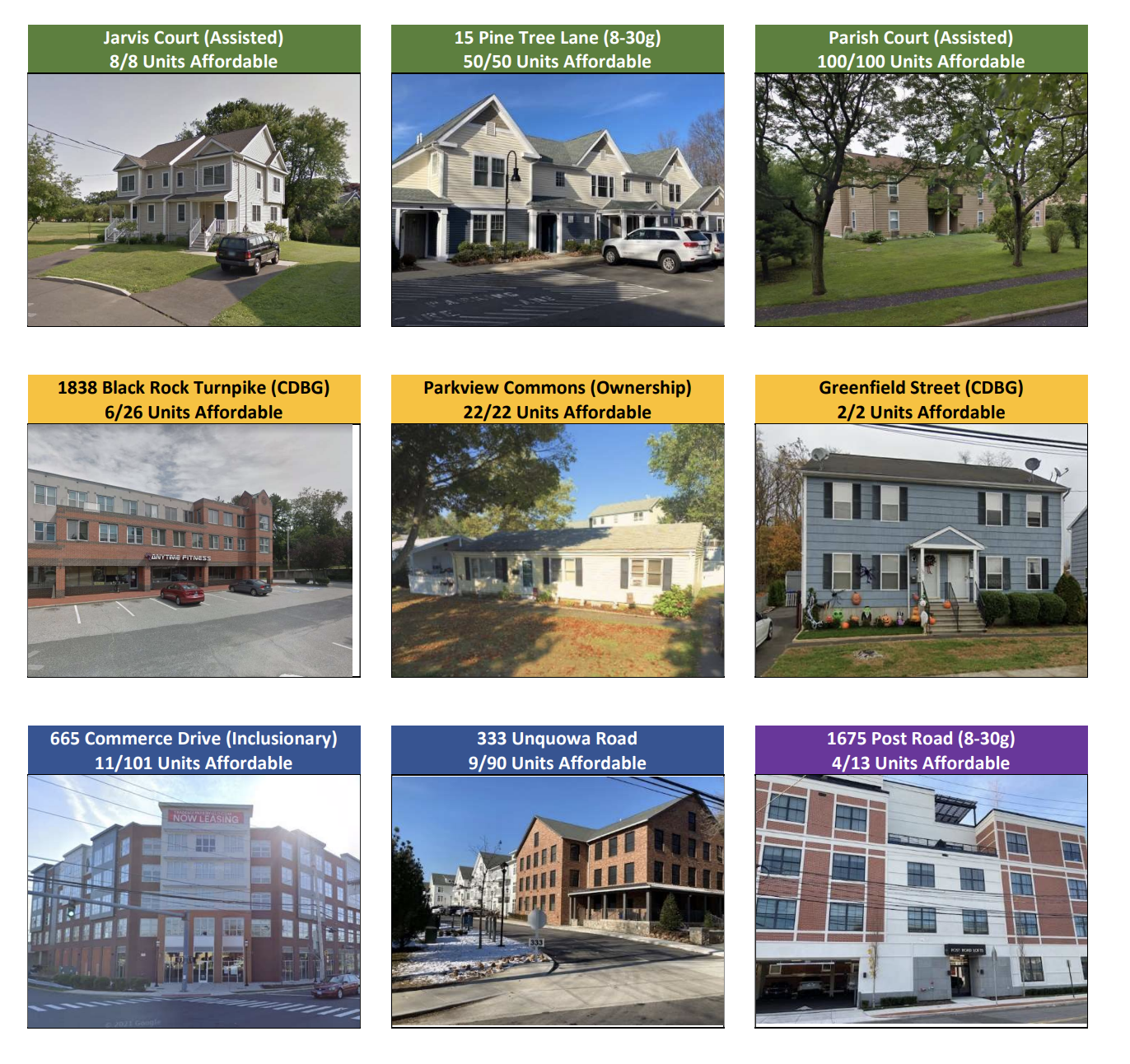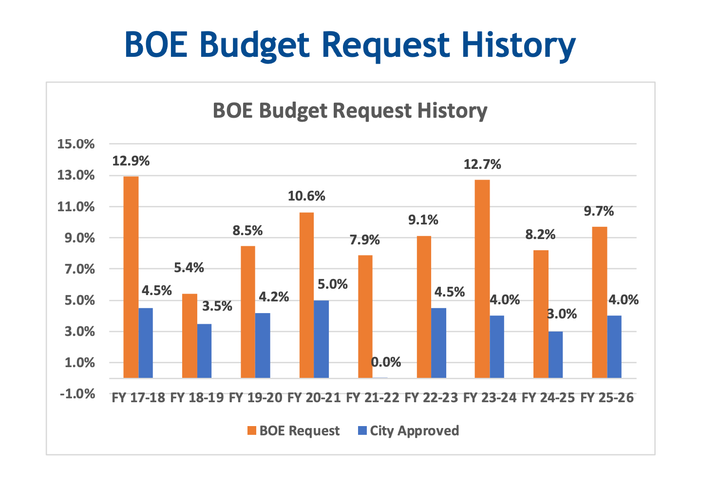Fairfield Board of Selectmen Adopts Affordable Housing Plan
Fairfield has a new affordable housing plan for the town, which aims to help the town diversify its housing stock and gain points toward affordable housing from the state.

Ahead of the state’s June 1 deadline for municipalities to create or update affordable housing plans, the Fairfield Board of Selectmen voted unanimously on May 23 to approve a new affordable housing plan for the town.
The town established an Affordable Housing Committee that put “more than a year’s worth of effort” into creating the plan, according to Mark Barnhart, the town’s director of community and economic development.
The plan acknowledged that Fairfield needs more housing overall, as well as more housing options and choices. It also noted that Fairfield “should manage its future,” meaning that the local boards and officials should be able to decide where housing is built, what it looks like, and what types there are.
“As of 2022, about 2.8% of Fairfield’s housing stock met the State criteria (for affordable housing),” according to the plan.
That makes the town subject to development applications filed under the state’s 8-30g statute. Those developments do not have to comply with local zoning regulations, so long as at least 30% of the units in the project are affordable.
One of the main goals of the plan is to help the town achieve an 8-30 moratorium, meaning that the town has demonstrated they’re working toward building more affordable housing and earning “points” based on the number of units built. According to the plan, the town has about 390 points and would need 50 more to achieve that moratorium.
“What we heard from the public loud and clear is they’re not very happy with the 8-30g applications where they have little say,” Barnhart said. “We heard that very loud and clear that people are upset about those (and) concerned about the impact to the town as a whole.”
If the town is able to achieve a moratorium, that would allow it to “reassert local control and have more say over how and where affordable housing gets built,” Barnhart said.
The plan has different tiers of strategies aimed at producing more affordable housing throughout the town.
Some of the strategies include:
- Increasing the amount of affordable housing units that developers are required to build. For example, in the city’s transit oriented development districts, developers are currently required to make at least 10% of the units in their buildings affordable. If this strategy is adopted, that could be 15-20%.
- Support the Fairfield Housing Authority by helping it obtain land or funding for its housing. Because the Housing Authority often makes almost 100% of its units affordable, the plan notes this would help increase the number of affordable units quicker.
- Expand the deed restricting of units so they don’t expire. Some affordable units have 40-year restrictions on them and then after that time they can become market rate.
- Develop guidelines for the Housing Trust Fund to help it be used to support affordable housing in town.
This is the town’s third affordable housing plan, with earlier editions in 1988 and 2014. The state is now requiring towns to update their plans every five years, Barnhart said, so the 2022 plan will run through 2027.



